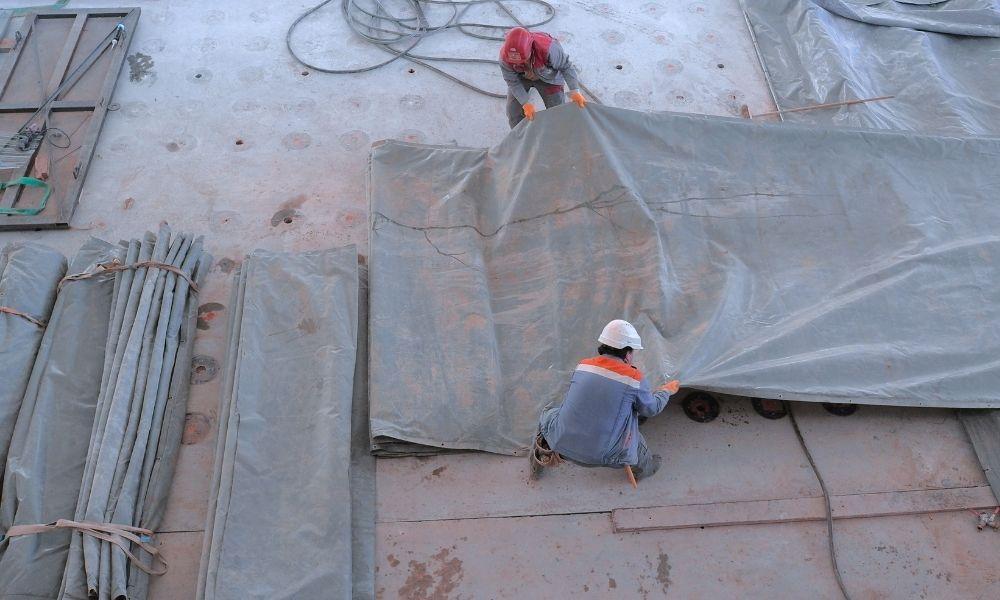
Secondary containment is a vital safety measure in facilities that hold water or hazardous materials. It encompasses the use of additional barriers or structures to confine leaks or spills from primary containment. By preventing the spread of hazardous substances, secondary containment can protect the safety of your immediate environment and the health of your employees.
Material Selection
You should meticulously evaluate and select the most appropriate materials for secondary containment. These materials should have exceptional chemical resistance and durability and possess the ability to withstand specific conditions, such as extreme temperatures, mechanical stress, and corrosive substances.
By carefully considering these factors, you can find a reliable secondary containment system that prevents leaks and spills and minimizes environmental risks.
Design and Construction
When designing secondary containment structures for your facility, plan them carefully. Consider the potential hazards and risks associated with the stored materials to ensure safety. Compliance with the standards of your respective industry is imperative for maximum effectiveness and protection against leaks.
When you work with professional lining companies, you can rest easy knowing they’re utilizing best practices when designing and constructing the secondary containment in your facility.
Regular Maintenance
Maintenance and timely repairs of secondary containment structures ensure their effectiveness in preventing leaks. Perform regular inspections and maintenance, such as checking for cracks, corrosion, or wear. If you notice any issues, address them immediately to maintain the integrity of the containment system. If you want to maintain the long-term safety of your containers, you cannot overlook tank and secondary containment maintenance.
Capacity Requirements
When designing secondary containment structures, consider their capacity limits. The secondary containment systems you use must have the capacity to contain the largest volume of a potential spill or leak from the primary container. You can minimize the risk of environmental contamination and protect your facility from dangerous spills that put you and your team in danger.
Secondary containment plays a pivotal role in safeguarding workers and the environment from the risks associated with storing and transporting water or potentially toxic materials. With the right containment liner, you can handle your materials responsibly. If you're in the market for liners and secondary containment for your business, let the professionals at Flexi-Liner help. We can design and manufacture the ideal liners for your needs so you can improve your containment measures!
